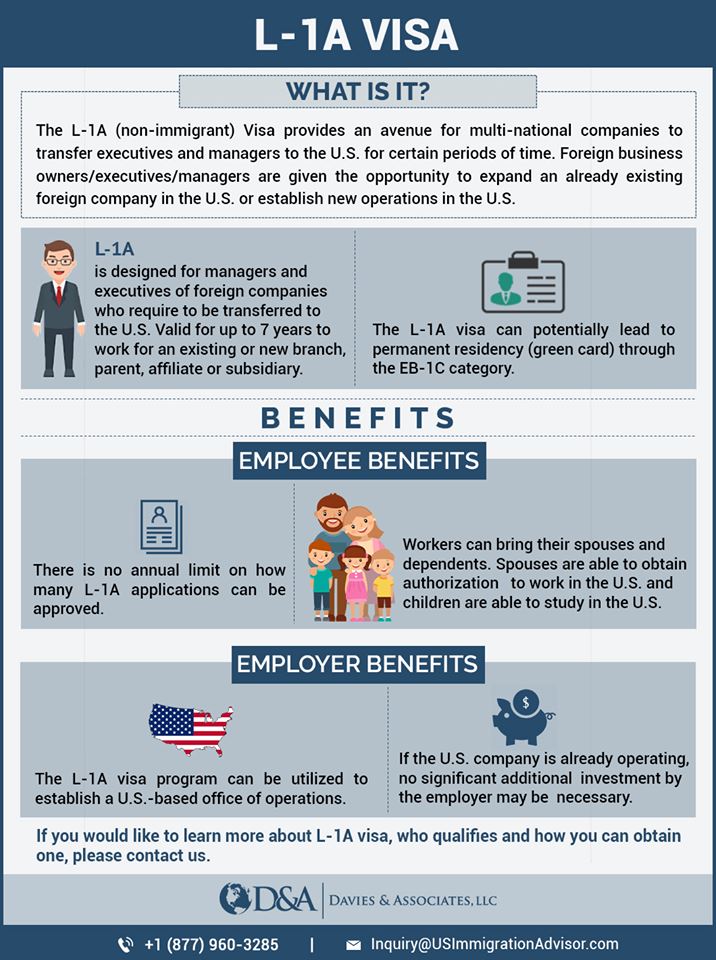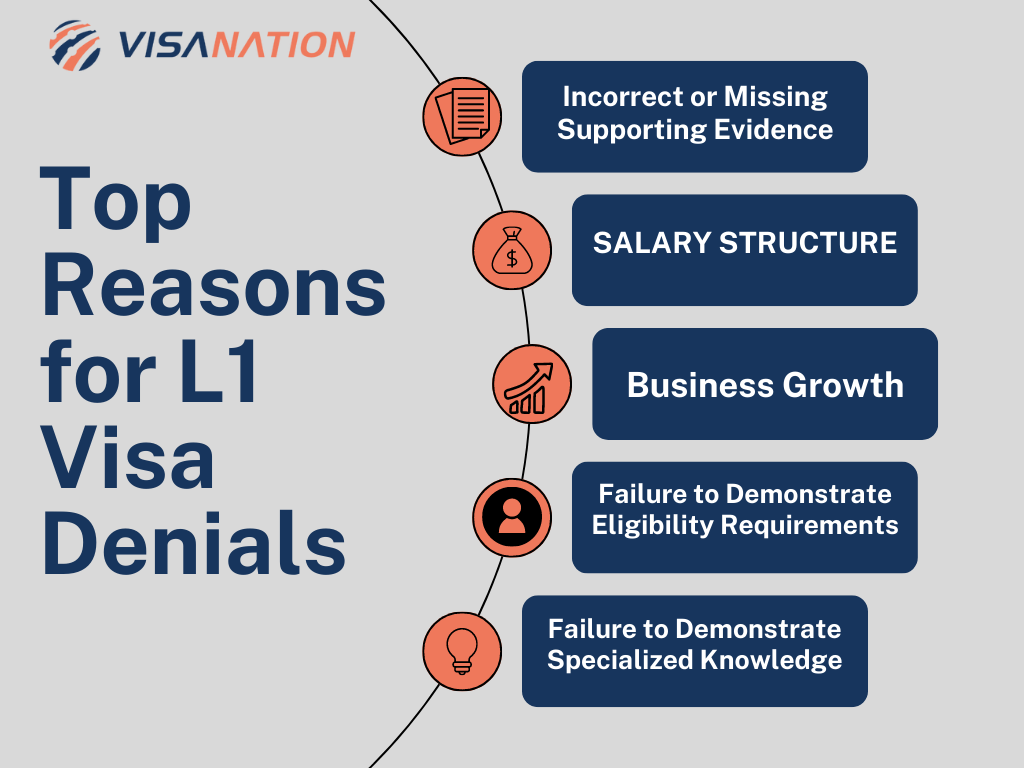A Biased View of L1 Visa
Table of ContentsHow L1 Visa can Save You Time, Stress, and Money.The Definitive Guide for L1 VisaWhat Does L1 Visa Mean?L1 Visa for BeginnersL1 Visa for BeginnersSome Known Questions About L1 Visa.The Ultimate Guide To L1 Visa
The L-1 visa is an employment-based visa group established by Congress in 1970, enabling international firms to transfer their managers, executives, or crucial workers to their United state operations. It is frequently referred to as the intracompany transferee visa.Additionally, the recipient should have functioned in a managerial, exec, or specialized employee placement for one year within the three years preceding the L-1A application in the international firm. For new office applications, international employment needs to have remained in a supervisory or executive capacity if the beneficiary is concerning the USA to function as a manager or executive.
for as much as 7 years to oversee the operations of the united state affiliate as an exec or manager. If issued for a united state company that has actually been functional for greater than one year, the L-1A visa is initially given for up to three years and can be extended in two-year increments.
All About L1 Visa
If provided for an U.S. company operational for even more than one year, the preliminary L-1B visa is for as much as three years and can be expanded for an additional 2 years. On the other hand, if the U.S. business is freshly established or has been operational for less than one year, the first L-1B visa is provided for one year, with expansions available in two-year increments.
L-1A visa holders can remain in the U.S. for up to seven years, while L-1B visa holders can function in the United state for up to 5 years. L-1A visa can lead to an EB-1C immigrant visa, whereas L-1B visa can not lead straight to long-term residence status.


On the other hand, if you possess unique or advanced expertise within your firm, you may be qualified for transfer to the united state to apply your specialized skills. The L-1 visa process involves complex treatments, requiring detailed documents and cautious scrutiny of legal requirements on a case-by-case basis. Hereof, the assistance of a migration attorney is vital for making sure the successful conclusion of the procedure.
The L-1 visa stands as an important tool for international businesses, helping with the transfer of crucial workers in between overseas and united state branches. Nevertheless, navigating the details of this visa category can be intimidating. To drop light on this subject, we have actually compiled a detailed guide addressing one of the most often asked inquiries about the L-1 visa: At its core, the L-1 visa enables international companies to transfer certain staff members from international offices to united state
Some Ideas on L1 Visa You Should Know
entities, such as parent, subsidiary, or affiliate. Additionally, the worker being transferred must have benefited the abroad business for learn more a minimum of one continual year within the preceding 3 years. Specialized expertise refers to know-how or knowledge of the business's items, services, procedures, or procedures that is not easily available in the U.S.
Yes, L-1 visa holders can bring their partners and unmarried children under 21 years old to the USA on L-2 visas. Reliant relative are permitted to research in the U.S. and, in some cases, acquire work authorization. L-1 visa owners might go after long-term residency (permit) standing with employment-based migration pathways, such as the EB-1C category for multinational supervisors and executives.
Citizenship and Migration Provider (USCIS), in addition to sustaining documentation showing the certifying connection in between the abroad and united state entities and the certifications of the worker being transferred. While the L-1 visa is a preferred selection for intra-company transfers, there are different visa options readily available relying on the individual's qualifications and conditions.
Yes, spouses of L-1 visa holders on L-2 visas are authorized to function without having to request work authorization. While there is no specific need for L-1 visa holders to keep a foreign home, they are expected to keep ties to their home country and intend to depart the USA upon completion of their licensed stay.
The residential employee must have been utilized by the L-1 visa holder for at least one year within the preceding 3 years and should plan to work full time for the visa holder in the united state. When getting an extension of remain on an L-1 contact us visa, companies need to remain to demonstrate the certifying partnership between the abroad and united state
Unknown Facts About L1 Visa

These requirements and definitions ensure that the L-1 visa program offers its designated objective of promoting the transfer of vital employees within multinational firms while preserving the integrity of the visa group. L-1B visa holders (specialized expertise workers) can additionally prolong their visas in two-year increments, but they are restricted to a five-year stay. A staff member who obtains the L-1 visa might likewise bring a spouse and reliant kids (unmarried and under 21 years of age) for the visa term.
This permits business to preserve their covering L-1 standing more conveniently. Numerous L-1 visa owners consider long-term potential customers in the United States, and an usual concern develops concerning transitioning to irreversible residency.
L-1A visas are designed for managers and execs, while L-1B visas are for staff members with specialized expertise, as identified by the USCIS. L-1A visa holders commonly have much more senior functions within the business, managing departments or running procedures. L-1B visa owners have in-depth knowledge of the company's distinct methodologies, items, or solutions.
L1 Visa Things To Know Before You Get This
Both visa kinds are at first approved for one to three years, with the possibility of extensions in two-year increments. Yes, spouses of L-1 visa holders (L-2 visa owners) are approved job permission incident to status. This means they no more require to submit a separate application for work authorization to operate in the USA.